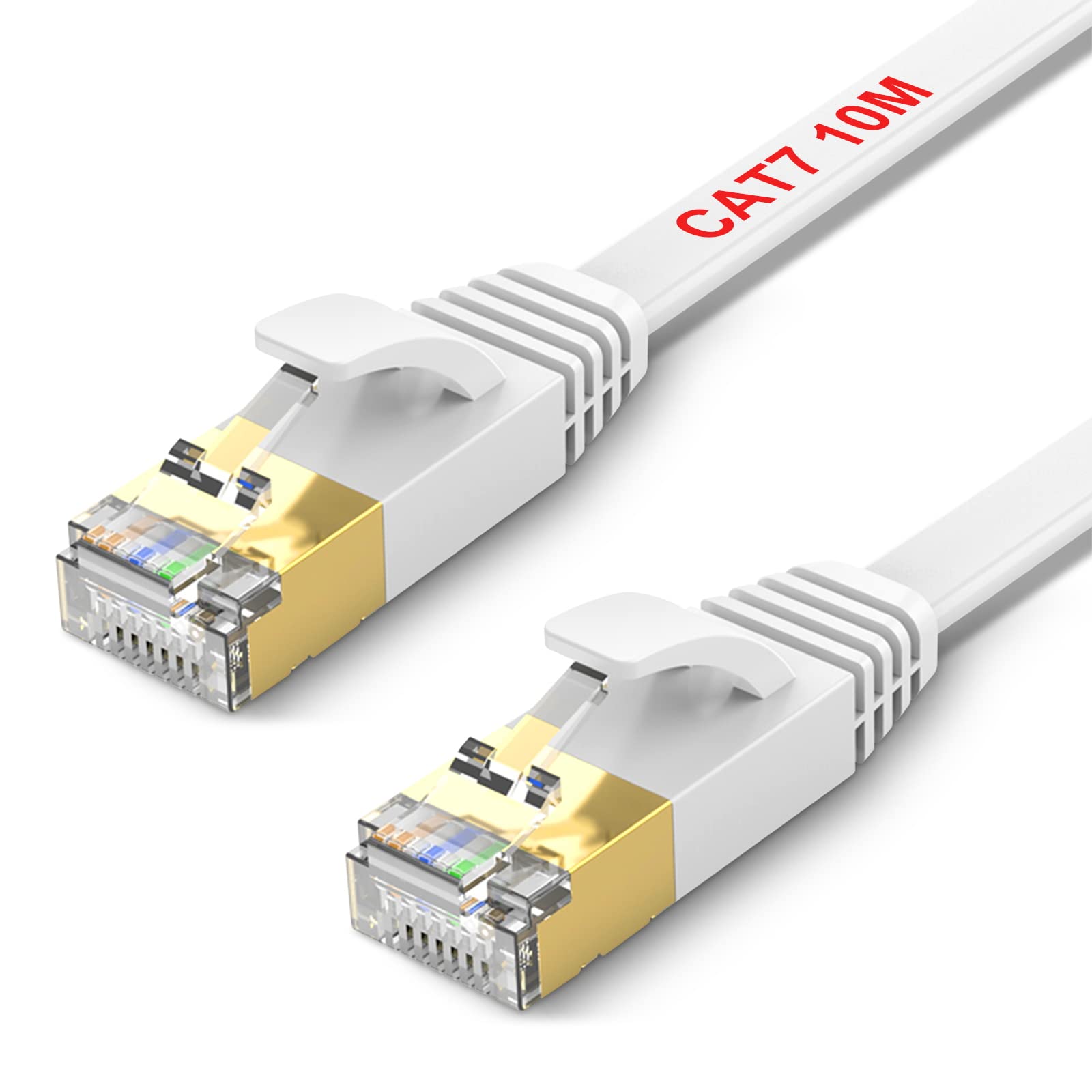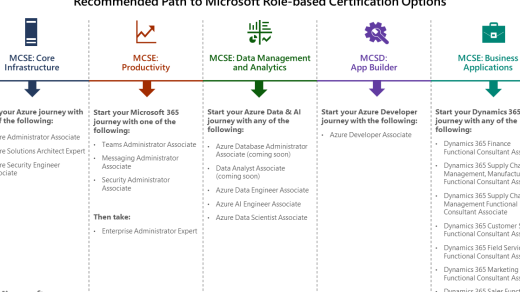Welcome to the world of DevOps, where the art of networking meets the science of software development. In this article, we will delve into the fundamental concepts and principles of networking that every DevOps enthusiast should know. Whether you’re a seasoned professional or just starting your journey, join us as we unravel the intricacies of networking in the DevOps landscape.
Introduction to Networking

Networking is a crucial aspect of DevOps, as it enables communication and data transfer between different systems and devices. Understanding the basics of networking is essential for anyone working in the field of DevOps.
At its core, networking involves the connection of devices and systems to create a network. This network can be as small as a local area network (LAN) within an office or as vast as the internet itself.
Key components of networking include routers, switches, and cables, which facilitate the flow of data between devices. Each device on a network is assigned an IP address, which acts as its unique identifier.
Networking protocols such as TCP/IP govern how data is transmitted over a network, ensuring that it reaches its intended destination. Firewalls and access control measures help protect networks from unauthorized access and ensure data security.
In a DevOps context, networking plays a crucial role in the deployment and management of applications and services. It allows for seamless integration between different systems, enabling continuous integration and deployment.
Networking also supports cloud computing, which has become increasingly popular in the DevOps world. It enables the provisioning of virtual machines and resources, allowing for scalability and flexibility in application deployment.
Network Models and Topologies
Network models and topologies are essential concepts in networking that play a crucial role in the development and operations (DevOps) of any system. These models and topologies define the structure, organization, and communication patterns of a network.
A network model refers to the design and layout of a network, including the devices and connections used. The most common network models are the client-server model and peer-to-peer model. The client-server model involves a central server that provides services to multiple clients, while the peer-to-peer model allows all devices to act as both clients and servers.
Network topologies, on the other hand, describe the physical or logical arrangement of devices in a network. Some common topologies include bus, star, ring, and mesh. Each topology has its advantages and disadvantages in terms of scalability, reliability, and performance.
Understanding network models and topologies is crucial for DevOps professionals as it helps them design, implement, and manage efficient and reliable networks. It allows them to optimize network performance, ensure data security, and enable seamless communication between different components of a system.
By having a solid understanding of network models and topologies, DevOps professionals can make informed decisions about network provisioning, routing, and firewall configurations. They can also troubleshoot network issues, such as latency or bandwidth constraints, and optimize network performance for continuous integration and deployment processes.
DNS and Subnet Mask
| Term | Definition |
|---|---|
| DNS | The Domain Name System (DNS) is a decentralized naming system used to translate domain names into IP addresses. |
| Subnet Mask | A subnet mask is a 32-bit number used in IP networking to divide an IP address into network and host addresses. |
Network DevOps and Automation
In this context, Network DevOps refers to the practice of using automation tools and processes to configure, manage, and monitor network infrastructure. This approach allows for faster and more efficient network provisioning, deployment, and troubleshooting, ultimately leading to improved network reliability and performance.
Linux training is an essential component of Network DevOps and Automation. Linux is widely used in networking due to its flexibility, scalability, and open-source nature. By gaining proficiency in Linux, network engineers can effectively utilize tools like Ansible, Puppet, and Chef to automate various network tasks, reducing manual effort and minimizing human errors.
Some key concepts that are relevant in this context include:
– Cloud computing: The delivery of on-demand computing resources over the internet, enabling flexible and scalable network infrastructure.
– Modem and Wi-Fi: Devices used to connect to the internet and establish wireless network connections.
– MAC address: A unique identifier assigned to network interfaces for communication within a network.
– Ethernet: A widely used standard for wired network connections.
– Firewall: A security device that monitors and controls incoming and outgoing network traffic.
– Routing: The process of selecting the best path for data packets to travel within a network.
– Virtual private network (VPN): A secure connection that allows remote users to access a private network over the internet.
– Router: A networking device that forwards data packets between different networks.
– Data center: A facility that houses computer systems and network infrastructure.
– Internet service provider (ISP): A company that provides internet access to users.
– Network monitoring: The practice of monitoring network performance and identifying potential issues.
– Bandwidth: The maximum data transfer rate of a network or internet connection.



